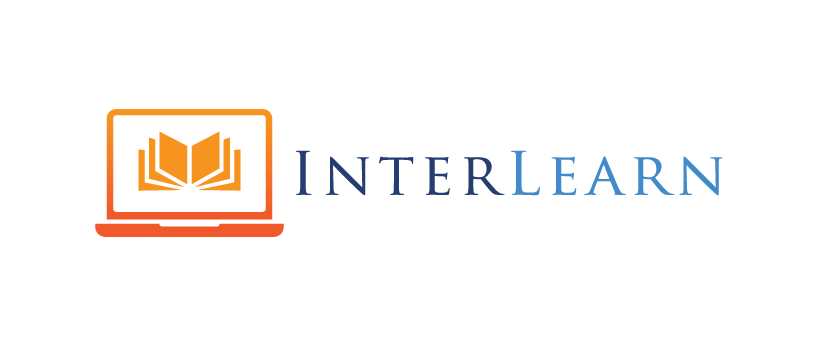Today’s article is by John Austen (reach him at johnausten421@gmail.com), a freelance writer who has been working online for several years. His latest work has been about language and language learning.
For many reasons, new technology-integrated systems are taking over the educational system today and becoming a popular language acquisition choice. This innovative educational style’s best examples include blended learning, learning management systems, and virtual classrooms.
The usage of modern technologies has genuinely evolved into the perfect complement to gaining and mastering any language’s command. Language learning classes paired with modern technology support are deemed particularly appealing and beneficial for students who desire to flourish in their language learning. Below are some of the common benefits of language learning with technology.
1. Language education is accessible to all people, regardless of where they live.
The ability to reach a bigger audience, regardless of their geographical location, is the most inspirational and helpful aspect of adopting modern technology in language learning. Local teachers must be employed for language learning classes, and native language speakers must teach pupils. It facilitates good language immersion.
Furthermore, there are several “mobile Apps” accessible for learning these days. These apps are helpful to learning any language. With the aid of these best language learning apps from your mobiles, you may learn everything from alphabetical structure to pronunciation, word and meaning, sentence formation, and grammar till you reach a high level of language competency.
2. Language Learning in a Blended Environment
Blended language learning courses have boosted student engagement, and when mixed with offline instruction, students’ interest develops even more. The teacher’s role is expanded to that of facilitator, and students must complete structured and extensive online learning modules at their own pace to learn about languages. They can participate in classroom discussions where the teacher focuses on loopholes rather than simply reciting language rules. As a result of modern technologies, blended learning courses are now a reality.
3. Classes that are interactive
Immersing oneself in an interactive learning environment with cutting-edge technological tools and resources is the most wonderful way to learn anything new. It is more critical for an excellent student to achieve goals than just to learn the language. As a response, technology facilitates the process by allowing learners to speak with one another regarding language classes while also mastering language components.
4. Real World Problem Solving Becomes Easier

The real-world textbooks are really very outdated and feature topics that are no longer relevant with graphics and images. Students today enjoy interactively learning in a virtual environment as it mimics real-world situations and hence students can enjoy outside of the classroom without being present in person indeed.
5. Encourages student participation
There is a common misunderstanding that making language study virtual would isolate kids. However, today’s students are incredibly digitally aware, and technologically advanced educational methods may truly create a collaborative language learning environment for students who live in a world of learner autonomy and like to learn from one another. Students can communicate ideas with professors, document their online courses, and even attend seminars using technology tools.
Summary
Technology tools have been proven to enhance and make our society a bit simpler on a regular basis, and they have an impact on every area of our everyday lives. The story’s moral is as follows: Language learning and development in educational institutions have been greatly facilitated by technology.
Thus, we should be grateful to technology for the innovative advances that have led to a better educational experience for everybody, from making language classes accessible to the entire globe to closing the language gap between students and teachers.

Comments are closed